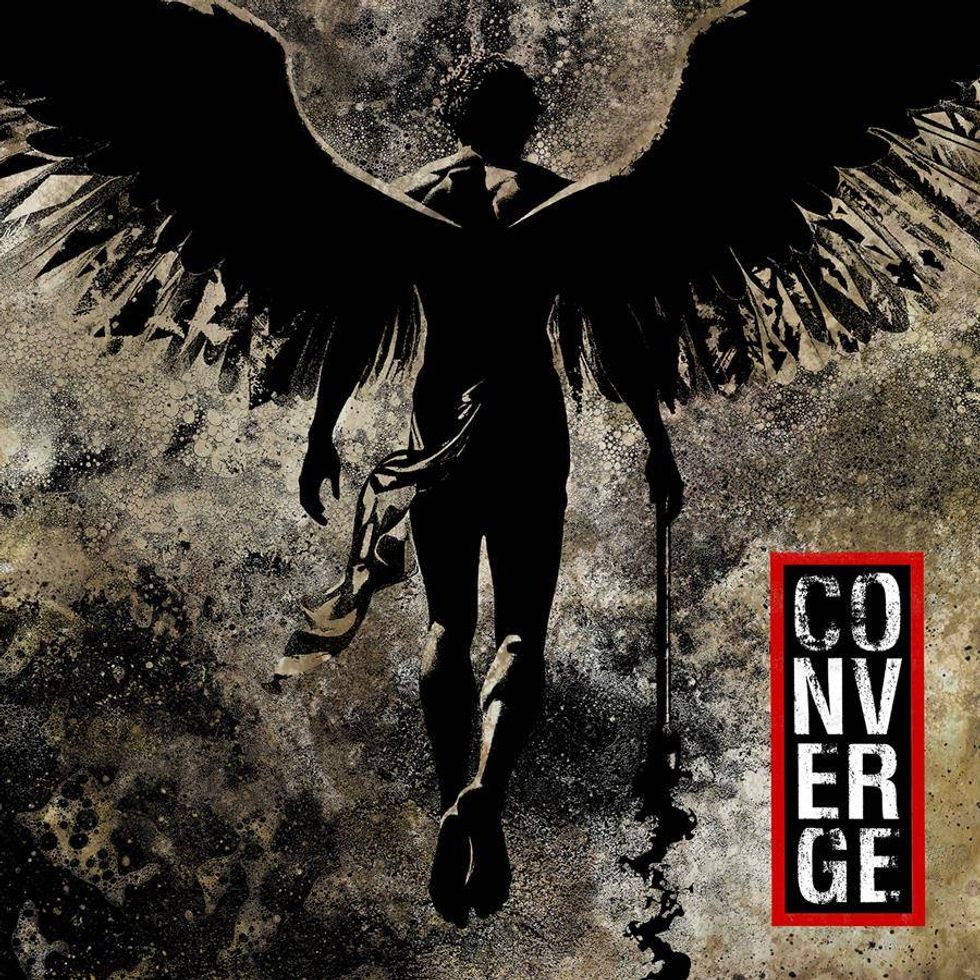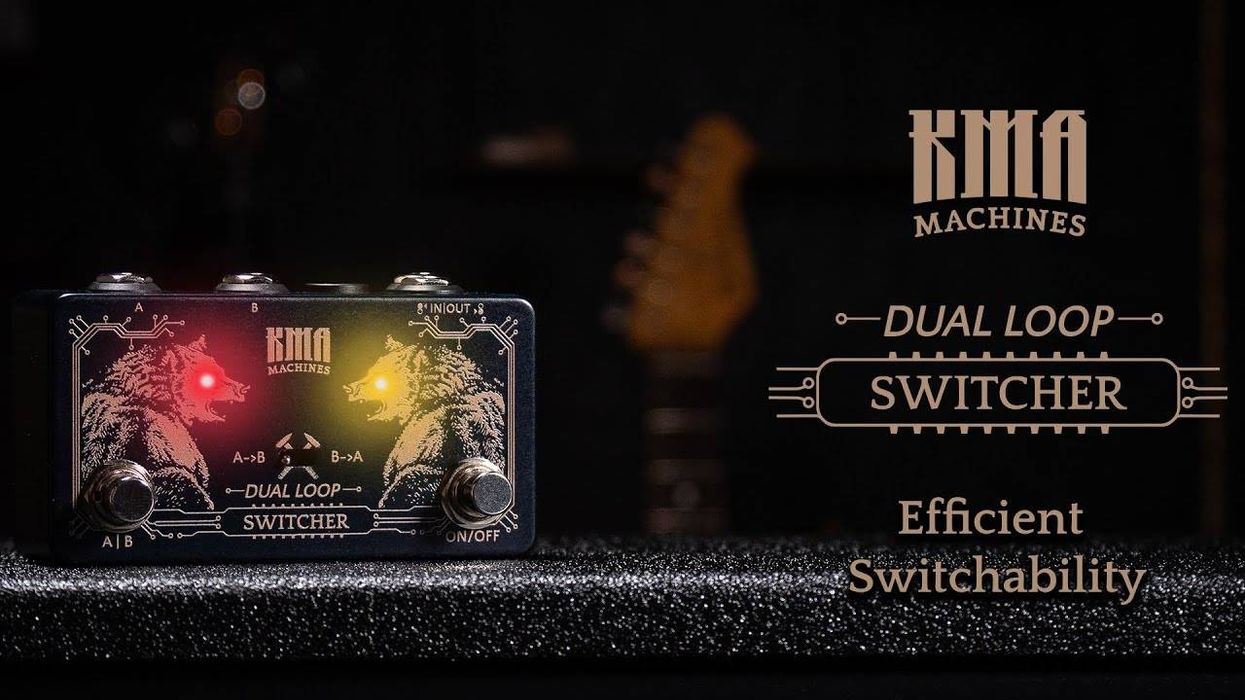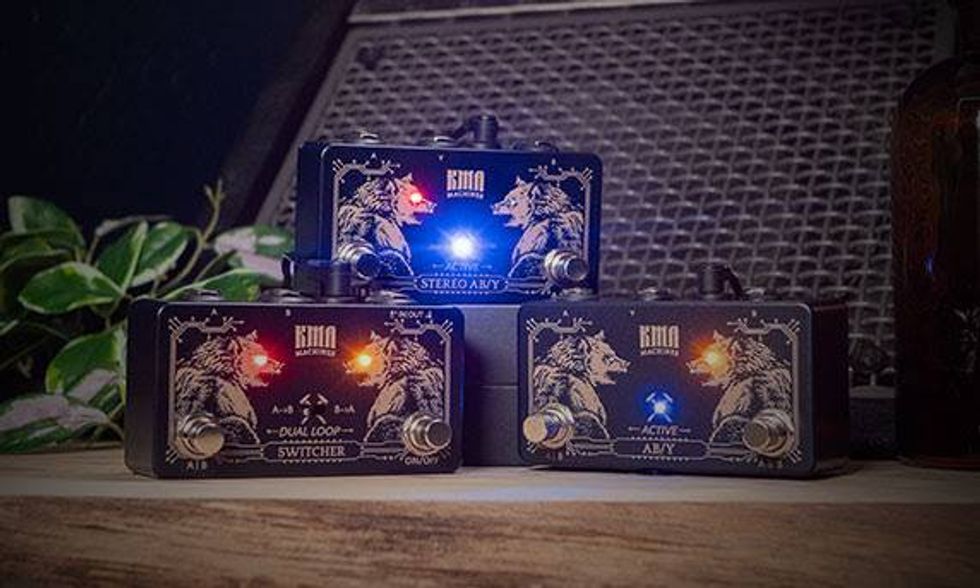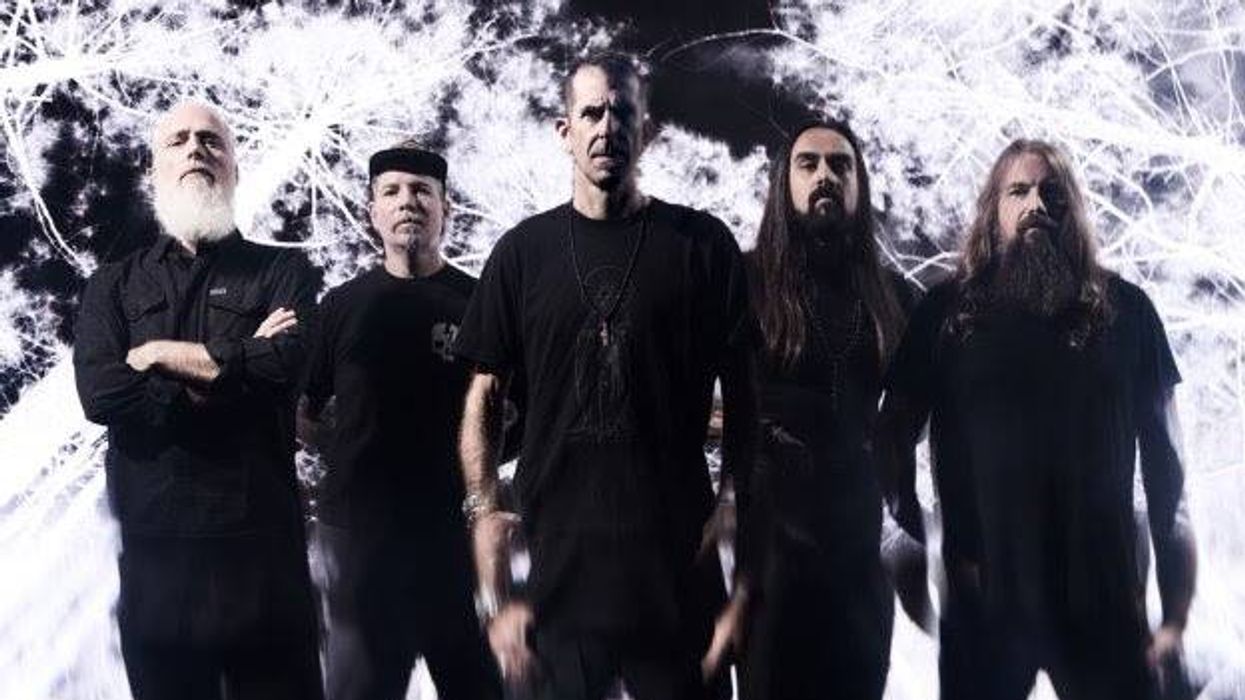The Canvas Re-Amp is a studio tool designed to send recorded guitar, drums, or other instrument tracks from your recording session through pedals and effects, or different amp combinations.
Adding another tool to the musical paint pallet, Walrus Audio is creating another way to design your tone with the CanvasPassive Re-Amp. The Re-Amp is a studio tool designed to send recorded guitar, drums, or other instrument tracks from your recording session through pedals and effects, or different amp combinations. The Re-Amp makes its appearance to facilitate all-new ways to experiment with your songs.
Artists and producers can save time on tracking sessions by recording dry tracks first, then using Canvas Re-Amp’s custom transformer to convert line-level signals, optimizing them to work with amps and guitar pedals of any kind to explore limitless tones and sounds.
Canvas Features:
- Send previously recorded guitar tracks, drums, or other instruments through pedals and effects, or different amp combinations.
- Track your audio first then re-amp later through any amp and pedal combination you choose.
- Flat frequency response from 20 Hz to 20k Hz.
- Custom wound transformer that converts the impedance of your signal to work with guitar pedals and amplifiers.
- Converts 1⁄4” balanced or XLR input from your DAW/Interface to unbalanced 1⁄4” output to pedals or amps.
- Ground lift for reducing hum if present on XLR input.
- Phase Inversion switch for phase cancellation when needed.
The Canvas Re-Amp is packaged in a custom powder-coated black aluminum enclosure. The die-cast enclosure’s exact size including knob/switches is 4.8” x 3.06” x 1.6”.
Walrus Audio is offering The Canvas Passive Re-Amp for a retail price of $149 and is available now at walrusaudio.com and with our authorized dealers worldwide.
For more information, please visit walrusaudio.com.
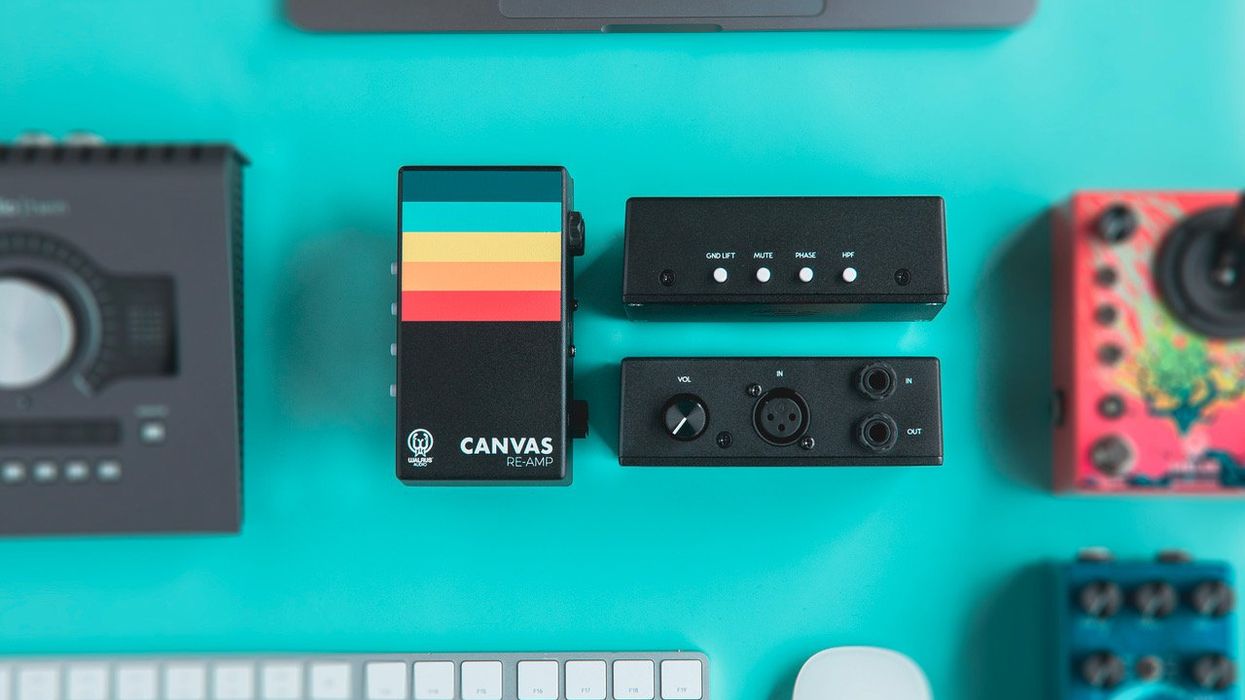

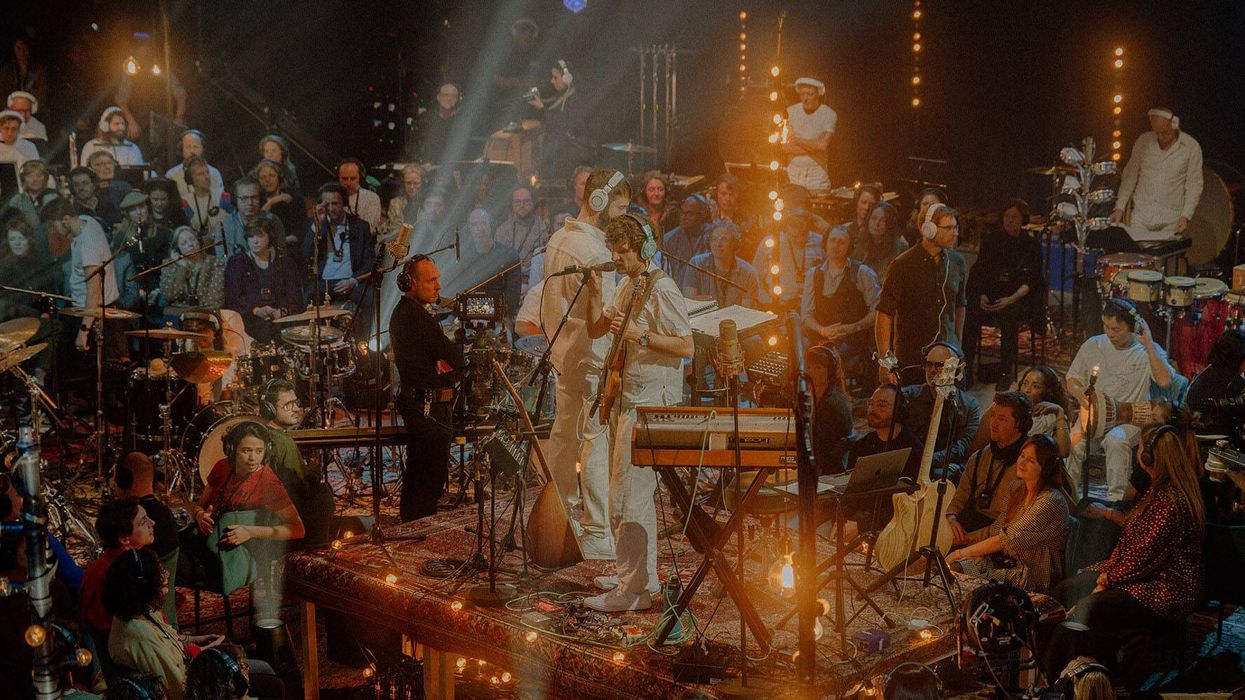
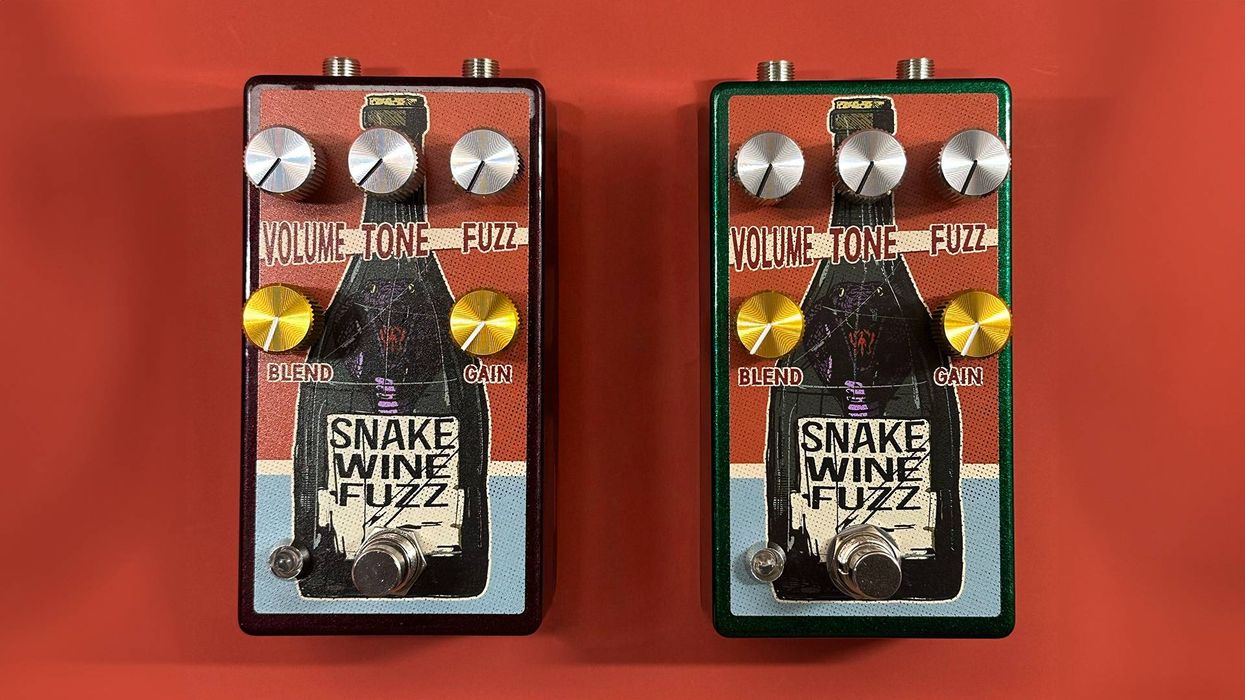



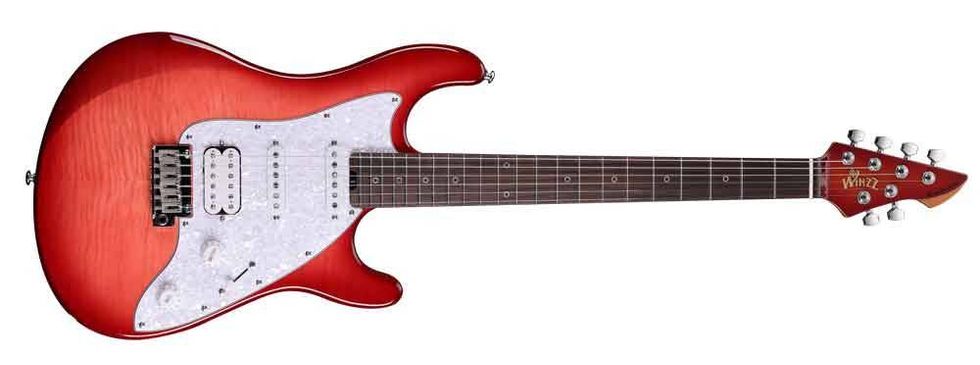





![Rig Rundown: AFI [2025]](https://www.premierguitar.com/media-library/youtube.jpg?id=62064741&width=1245&height=700&quality=70&coordinates=0%2C0%2C0%2C0)

